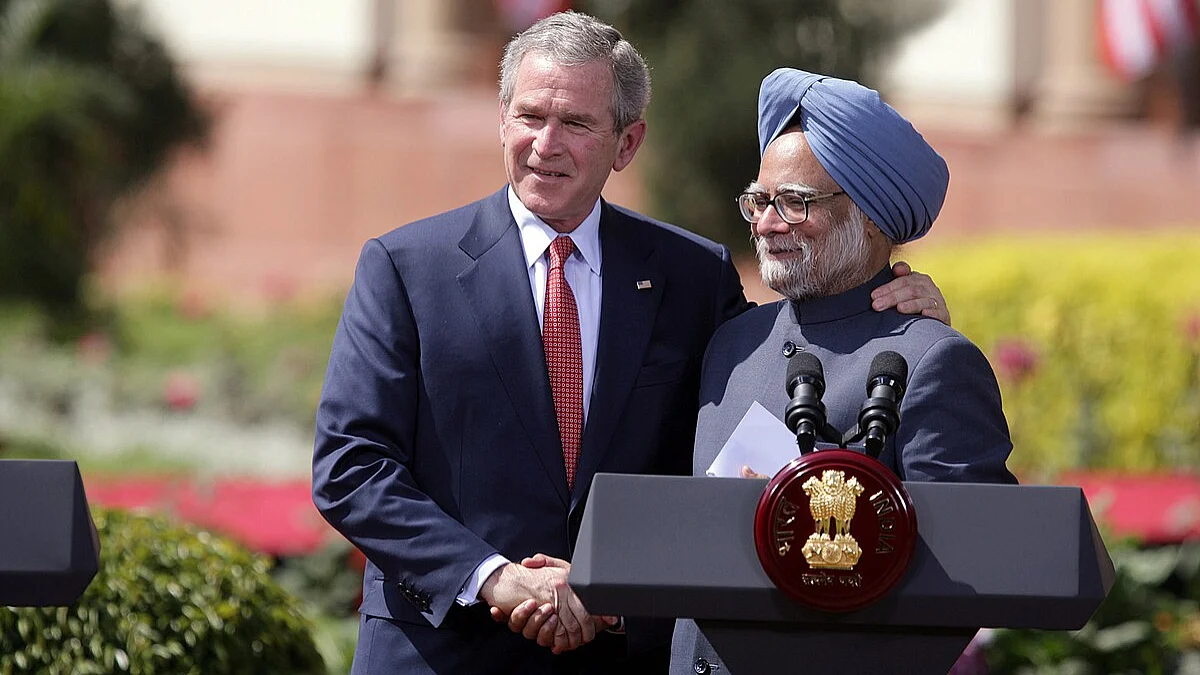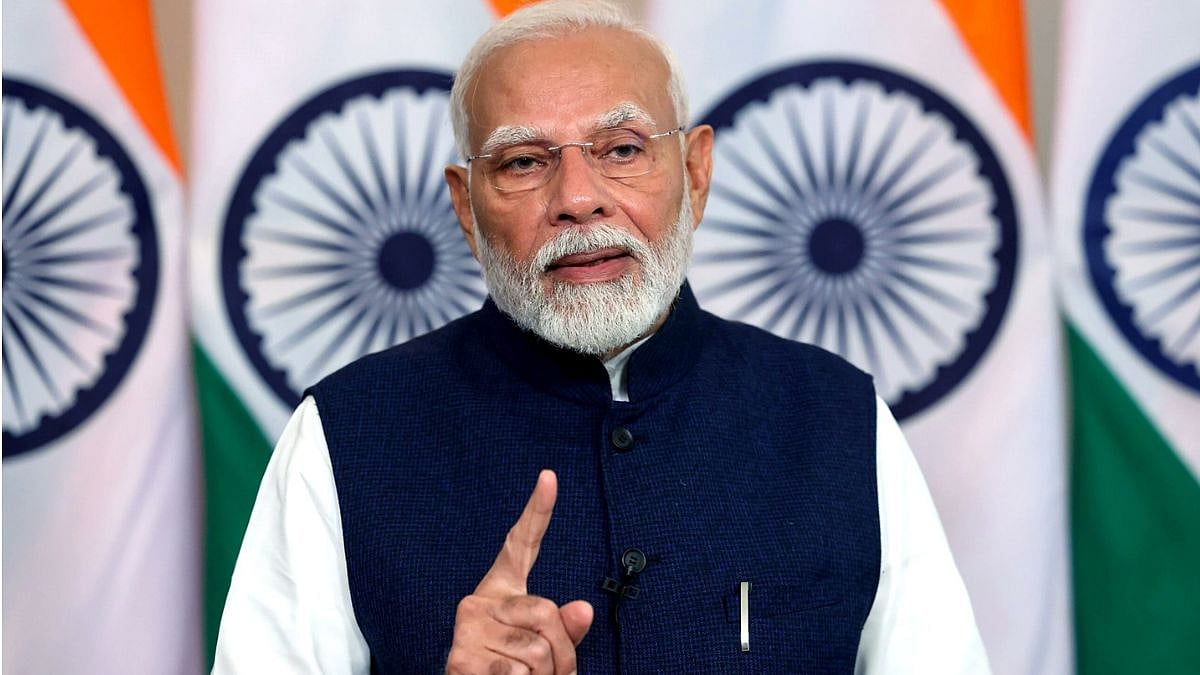Be forewarned. The one-man show that India is hurtling towards is injurious to our nation’s democratic health.
The pendulum of politics in contemporary India has swung from one end to the other. From having a self-effacing “accidental prime minister” who kept away from dirty politics and yet ushered in the path-breaking economic reforms in 1991, India now has an emphatically decisive one.
Running for his third term in office now, Prime Minister Narendra Modi could well be called “India’s Presidential Prime Minister” because the entire government and his party, the BJP, rest on his broad shoulders. Given a choice, his acolytes wouldn’t hesitate to declare that India should switch to a Presidential form of government with Modi as President for life.
Like in the previous two elections, the 2024 general election too is all about the personality and leadership of Narendra Modi with votes being asked in his name. “Modi ki Guarantee” is the powerful electoral call of the BJP with just the face of its mascot in all of its promotional material. The other catchline is “Phir ek baar Modi ki Sarkar” (Modi Government once again). Please note, it’s “Modi ki Sarkar”…not “BJP or NDA ki Sarkar”.
Another of BJP’s electoral slogan is “Ab ki baar, 400 par” (This time 400+ seats). From 303 seats in the 2019 general elections, the BJP wants to get 360-370 seats and cross the 400 mark with its alliance partners in the 2024 Lok Sabha of 543 seats. This would be adequate to cross the two-thirds mark in the Lok Sabha to initiate critical amendments to the Constitution.
By now we are all familiar with Prime Minister Modi’s style of functioning: It’s “my way or the highway”.
In recent interviews, the former union secretary, Anil Swarup, IAS, has presented an insider’s view of the Modi government. According to him, only two ministers could see PM Modi in the eye and disagree with him during cabinet meetings. One was Arun Jaitley who is no more and the other was NItin Gadkari who has been clearly sidelined. The rest were rubber stamps.
It is dictators and autocrats who primarily have a “one-man show”. They are fully in control and brook no opposition, within or outside the government or their political party. They can do no wrong, howsoever wrong their decisions may be — be it the devastating impact of demonetisation; the unconstitutionality of Electoral Bonds, or the cry all around on the need to generate employment.
Such leaders with a Midas touch don’t make mistakes and they can only do good and great things. Thus, the entire propaganda machinery of the government and the party is focused on showing the “greatness” of such leaders. A free press is not tolerated because it can puncture tall claims, and there is no reason to hold press conferences and answer uncomfortable questions from journalists.
Driven by their eagerness to transform a nation, such leaders take big and bold decisions, some of which could backfire with devastating consequences. That too does not matter because it’s a price that the nation needs to pay on its march to glory. This is what one got to see in Mao Tse-Tung’s China or in North Korea.
One-man rule is neither good not desirable for a nation; most certainly not for a nation as large, diverse, multi-religious and multi-ethnic as India.
In the two decades since 1999 that the nation saw the instability of coalition politics, the late farmer leader Sharad Joshi did not hesitate to speak in favour of coalition politics. He pointed out that the compulsions of coalition politics were such that they prevented any single party from riding their hobby horses. A party with a clear majority can do whatever it pleases, as is happening today. This cannot happen in coalition politics, which has its limitations and in-built checks and balances.
The other big advantage of coalition politics is the compulsion of the partners to work out a CMP — Common Minimum Programme. The CMP led by the Congress-led UPA coalition of 2004 spoke of preserving, protecting and promoting social harmony; pursue sustained economic growth; ensure welfare, well-being of farmers, farm labourers and workers, especially in the unorganised sector; empower women and work for the uplift of Scheduled Castes, Scheduled Tribes, OBCs and religious minorities.
Whether it was the Mahatma Gandhi National Rural Employment Guarantee Act, 2005 (MNREGA) or the Unique Identification Number Scheme (UIDAI), better known as Aadhar, both were initiated by the UPA coalition governments.
Undoubtedly, the Modi government also has good work to its credit. However, while collations, in spite of their collective wisdom, may appear to be slow and ineffective, a one-man show backed by single-party majoritarian rule can be dangerous.
India, one hopes, will decide wisely in the 2024 polls.
The author is a journalist and works for a policy research think tank. He tweets at @abhay_vaidya


.jpg)







